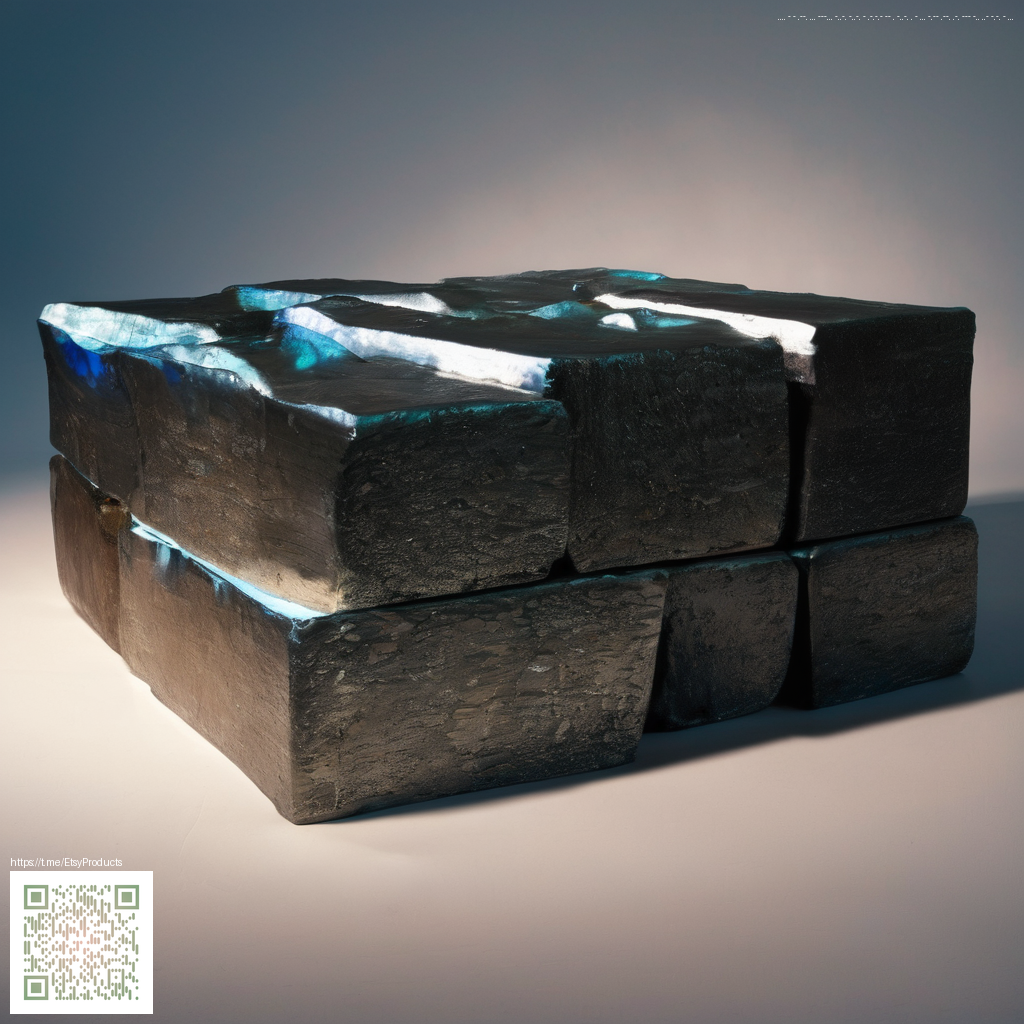
A practical guide to Notion daily routine templates for productivity
When your day feels crowded with tasks, a thoughtfully designed Notion daily routine template can be the difference between drift and direction. The right template acts like a personal coach: it helps you start with intent, stay focused during work blocks, and finish with reflection that feeds tomorrow’s plan. In this guide, we’ll explore how to design templates that are both practical and adaptable, so you can tailor your workflow without reinventing the wheel every morning.
Why a template matters
A template lowers the cognitive load of planning. Instead of re-creating a schedule from scratch, you copy a proven structure and adjust it to your day. This consistency reduces decision fatigue and frees up mental bandwidth for deep work. As you iterate, your Notion setup becomes a reliable rhythm rather than a flurry of ad-hoc notes. If you’re curious to see a real-world example, you can explore related resources on the page linked later in this article.
Core components of a daily routine template
- Morning planning panel: capture top priorities, quick wins, and the most important task for the day.
- Deep work blocks: clearly labeled time blocks with goals and expected outcomes.
- Task queue with status: a simple Kanban or list to track what’s next and what’s done.
- Habit and energy trackers: lightweight logs to observe patterns, not punishments.
- Evening reflection: a short retrospective to inform tomorrow’s approach.
“A good template is boringly reliable. It doesn’t shout for attention; it quietly earns your focus.”
You don’t need every feature at once. Start with a minimal, reusable scaffold and layer in new views, automations, or databases as your rhythm stabilizes. If you’re building toward a more integrated setup, consider pairing your Notion templates with a calm physical workspace—small choices here can compound your productivity, day after day. For a tactile complement to your desk, the product page below offers an example of how a well-crafted upgrade to your physical setup can support digital discipline.
A practical blueprint you can implement today
- Set day anchors: define a simple structure like “Morning Brief,” “Deep Work,” “Meetings,” and “Admin/Wrap.”
- Create a central dashboard: a single Notion page that links to your daily template, habit tracker, and a task database.
- Build a reusable template: a page you copy each morning with pre-filled sections and placeholders for your top priorities.
- Add views for focus: a “Today” view that filters only today’s tasks, and a “This Week” view to plan ahead.
- Connect tasks to outcomes: use a simple relation to tie daily tasks to larger goals or milestones.
To keep things anchored in reality, test a few iterations. You might begin with a 25/5 focus block, a compact reflection prompt, and a small habit tracker. As you become more confident, you can layer in automations or more nuanced metrics. You can also explore related ideas by visiting the resource page mentioned earlier, which hosts a range of templates and patterns to inspire your setup.
In practice, your Notion routine should reflect how you work, not how someone else works. Treat it as a living system you adjust weekly. A steady template reduces waste, and a well-tuned desk environment can amplify your efforts. If you’re seeking a tactile complement to your workflow, consider checking out practical desk gear that keeps you comfortable during long focus sessions—for example, a high-quality mouse pad can be part of a broader productivity routine.